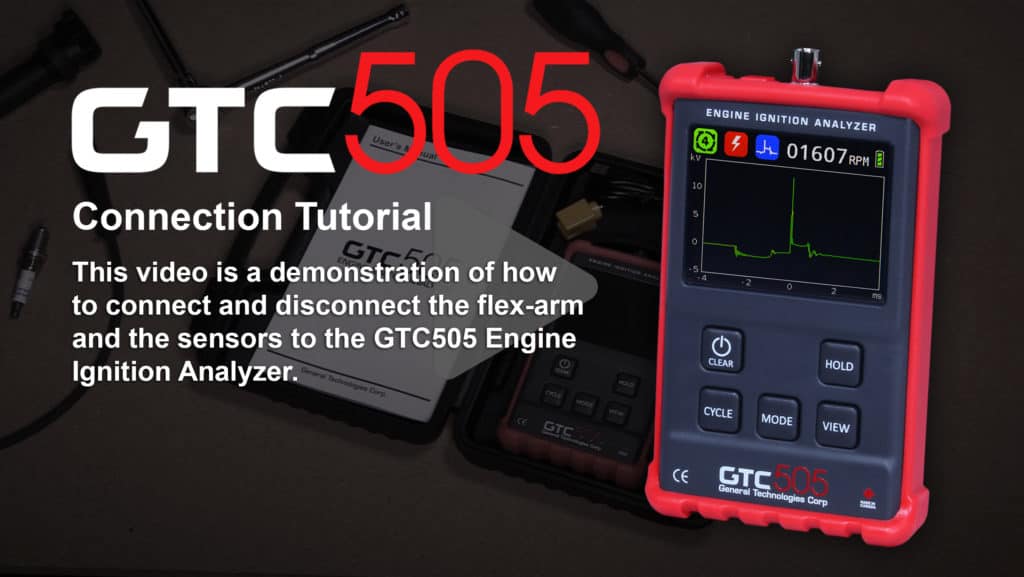What a Spark Test is, and Which Spark Tester to Use
‘Spark testing’ can involve anything from checking whether a spark plug works, to full-system tests of the whole ignition system under load. As is common with many other engine tests, the method you use depends on the tool(s) you have, and there are a variety of options. Each of the tools (and specific tests) can help find different issues, with some being much more useful than others. That said, you should know that not all tools work equally well for all applications, so it’s important to understand what the different tools do, and how they work before deciding on which to use.
What a Spark Test is, and Which Spark Tester to Use Read More »
